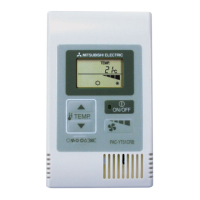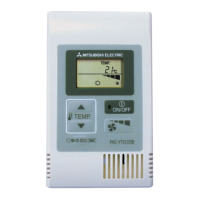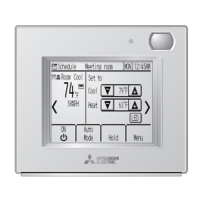Chapter 9
134
Logic programming – Function blocks
Truth table for the JK Flip-Flop function block
The following applies for the truth table in this section:
“0” means logic Low.
“1” means logic High.
“↑” means that a rising edge has been detected at the input.
“↓” means that a falling edge has been detected at the input.
“n–1” references the preceding value.
“n” references the current value.
“x” means “any” = “0” or “1”.
The following truth table is valid for a configuration of the JK Flip-Flop function block
with no input inverted.
J input K input Clock input Output Q
n–1
Output Q
n
Output /Q
n
x x 0, 1 or ↓ 0 0 1
x x 0, 1 or ↓ 1 1 0
0 0 ↑ 0 0 1
0 0 ↑ 1 1 0
0 1 ↑ 0 0 1
0 1 ↑ 1 0 1
1 0 ↑ 0 1 0
1 0 ↑ 1 1 0
1 1 ↑ 0 1 0
1 1 ↑ 1 0 1
9.7.9 Multiple memory
Function block diagram
General description
Using the multiple memory function block the state of up to 7 inputs can either be
forwarded unchanged or saved depending on the Latch input.
If the Latch input is low, the state of inputs 1 to 7 is forwarded unchanged to the
outputs 1 to 7.
If the Latch input changes from low to high, then the current state of inputs 1 to 7 is
saved and output on outputs 1 to 7 as long as the Latch input is high.
The Latch output corresponds to the Latch input.
Note
Table 36:
Truth table for the JK Flip-
Flop function block
Figure 107:
Logic connections for the
multiple memory function
block

